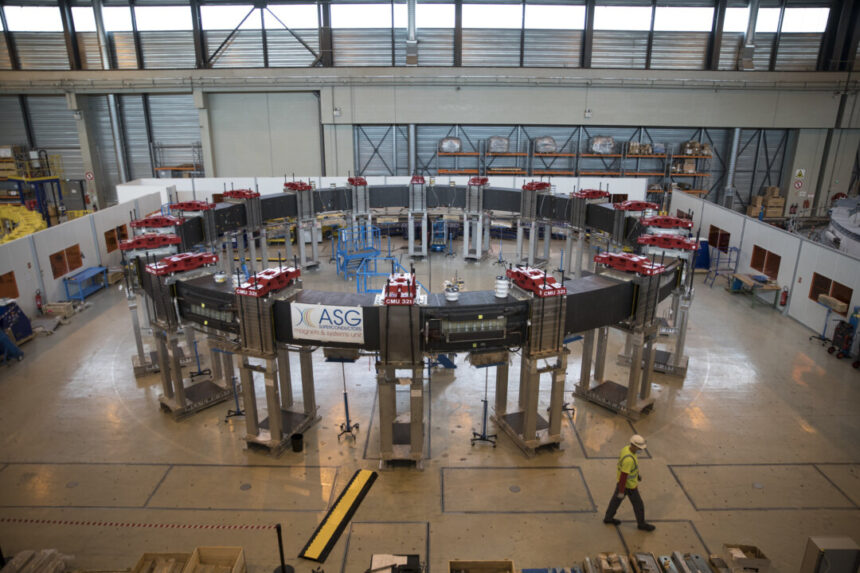Commentary
Significant developments are occurring in the race to harness nuclear fusion for commercial purposes. However, one high school senior has made a remarkable impact on the fusion community by constructing a nuclear fusion reactor as part of his science project.
Cesare Mencarini, an Italian student studying in the UK, taught himself coding and electrical system operations. Through online research and utilizing a Raspberry Pi system, he built a customized reactor that successfully achieved plasma, a critical stage in the fusion process. Mencarini’s innovative work has earned him a scholarship for further studies in larger reactors, with the aim of inspiring other young individuals to explore innovative ideas.
Mencarini’s achievement serves as a source of inspiration for scientists associated with the European Organization for Nuclear Research (CERN). Following the decision to terminate cooperation with Russia due to the Ukrainian conflict, CERN faced financial setbacks, impacting collaborative projects with Russian institutions.
Meanwhile, CERN has collaborated with EUROfusion to develop advanced technologies for future fusion reactors. The construction of the ITER fusion reactor, initiated in 1985, is progressing with plans to achieve full magnetic energy by 2036.
In the United States, significant breakthroughs in fusion energy have been made, particularly at the National Ignition Facility in California. The success of fusion ignition experiments has revitalized interest and investment in fusion energy, offering a promising source of clean and abundant power.
Private fusion companies in the US are also making strides in fusion research, with notable advancements from firms like Realta Fusion, Type One Energy, and SHINE Technologies. These companies are at the forefront of fusion innovation, showcasing groundbreaking achievements in plasma generation and neutron production.
Bill Gates’ Breakthrough Energy Ventures spearheaded the funding round, alongside contributions from Australia-based Foxglove Ventures and New Zealand-based GD1.
Type One’s innovative reactor, known as a stellarator, has a unique shape resembling a cronut – a warped and bulging circle. This shape is achieved through magnets that create a specialized field to contain the superheated plasma required for fusion reactions. The design of the stellarator necessitates significant computational power for optimization. Type One originated from the University of Wisconsin, which also operates a stellarator.
CEO Christofer Mowry outlined the upcoming steps, including finalizing the core reactor design, constructing a prototype reactor named Infinity One, and developing a pilot reactor by 2030. Mowry emphasized that testing Infinity One will validate crucial design elements for the pilot plant.
Wisconsin has a longstanding presence in nuclear fusion, initiated by the establishment of the Fusion Technology Institute at the University of Wisconsin-Madison in 1971. Realta’s Furlong highlighted the potential for Wisconsin to leverage its manufacturing and research capabilities to cultivate a thriving fusion industry, akin to Detroit in the automobile sector or Houston in oil and gas.
Furlong envisioned Wisconsin as a future global hub for the fusion industry in the 21st century, a sentiment echoed by SHINE CEO Greg Piefer, who emphasized the importance of fusion energy for advanced societies.
Please note that the opinions expressed in this article are solely those of the author and may not represent the views of The Epoch Times.
Source link





